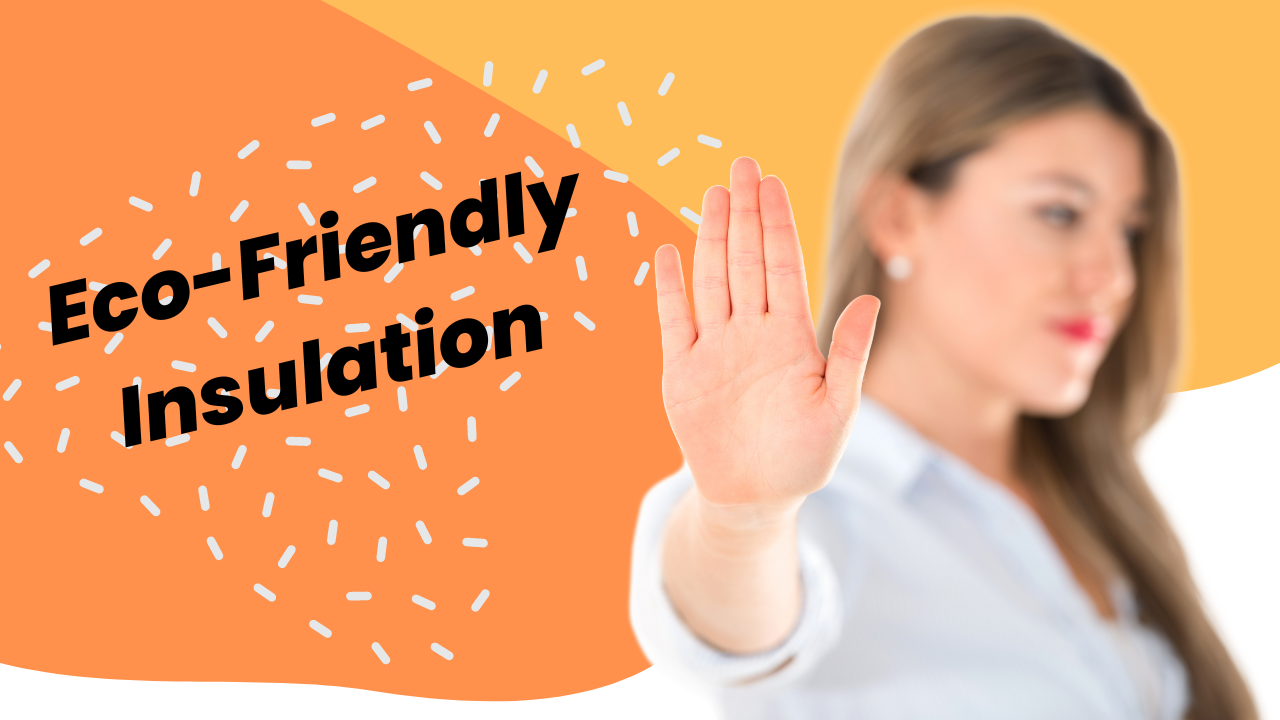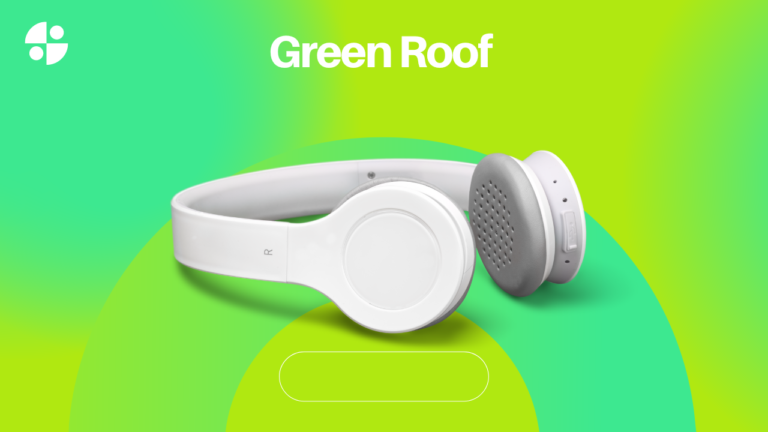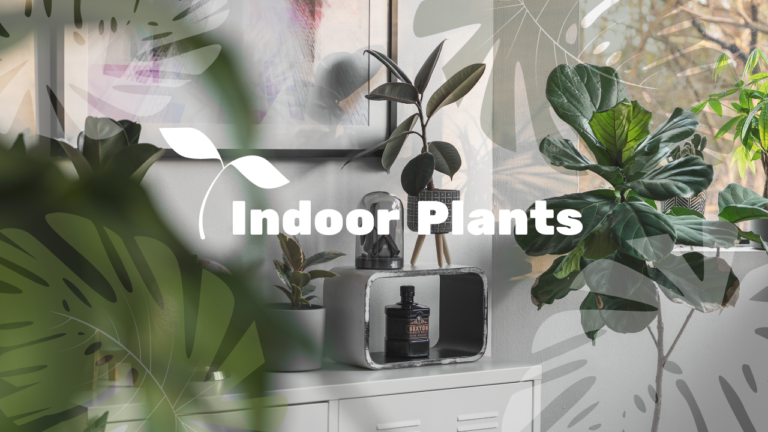Eco-Friendly Insulation Options for Urban Homes: A Comprehensive Guide
In the modern urban landscape, energy efficiency and sustainability are no longer just trends; they are necessities. For homeowners, one of the most impactful ways to enhance energy efficiency is by choosing eco-friendly insulation options for urban homes. In this article, we will explore various sustainable insulation materials, their benefits, and how they can be integrated into urban home designs.
Why Insulation Matters in Urban Homes
Urban homes often face unique challenges, including limited space, noise pollution, and higher energy costs. Insulation plays a critical role in mitigating these challenges by reducing energy consumption, enhancing comfort, and contributing to a more sustainable environment. When you opt for eco-friendly insulation, you also minimize your carbon footprint, making a positive impact on the environment.
Top Eco-Friendly Insulation Options for Urban Homes
1. Cellulose Insulation
Cellulose insulation is one of the most popular eco-friendly insulation options for urban homes. Made primarily from recycled paper products, cellulose insulation is treated with non-toxic fire retardants, making it a safe and sustainable choice. It has excellent thermal performance, helping to keep your home warm in the winter and cool in the summer.
2. Sheep’s Wool Insulation
Sheep’s wool is a natural and renewable resource, making it an ideal choice for those looking for sustainable insulation options. It not only provides excellent thermal insulation but also has the ability to regulate humidity, which can be beneficial in urban environments with varying weather conditions.
3. Cotton (Denim) Insulation
Cotton insulation, often made from recycled denim, is another eco-friendly insulation option for urban homes. It is safe to handle, has excellent soundproofing qualities, and is treated with natural borates to resist pests and mold.
4. Spray Foam with Soy
Spray foam insulation has gained popularity due to its high R-value and ability to seal small gaps and crevices. By choosing spray foam made with soy, homeowners can reduce the use of petrochemicals, making it a more sustainable option. This type of insulation is particularly useful in urban homes where space is limited, and maximizing energy efficiency is crucial.
5. Cork Insulation
Cork is a renewable resource harvested from the bark of cork oak trees. It is a natural insulator that is resistant to moisture, fire, and pests. Cork insulation is also recyclable and biodegradable, making it a great choice for eco-conscious urban homeowners.
Benefits of Choosing Eco-Friendly Insulation for Urban Homes
Choosing eco-friendly insulation options for urban homes offers several benefits, including:
- Energy Efficiency: Eco-friendly insulation materials often have high R-values, meaning they provide excellent thermal resistance, leading to lower energy consumption and reduced utility bills.
- Environmental Impact: By using recycled or renewable materials, you reduce the demand for non-renewable resources, contributing to a healthier planet.
- Health and Safety: Many eco-friendly insulation options are free from harmful chemicals, improving indoor air quality and reducing the risk of respiratory issues.
- Soundproofing: Urban homes can benefit from the soundproofing qualities of certain eco-friendly insulation materials, reducing noise pollution from outside.
- Longevity and Durability: Sustainable insulation materials are often more durable, leading to fewer replacements and less waste over time.
How to Choose the Right Eco-Friendly Insulation for Your Urban Home
When selecting the best eco-friendly insulation options for urban homes, consider the following factors:
- Climate and Location: The climate in which your urban home is located will influence the type of insulation that is most effective. For example, cellulose insulation is great for cold climates, while cork might be better suited for areas with high humidity.
- Budget: While some eco-friendly insulation options may have a higher upfront cost, they often pay off in energy savings over time. Consider your budget and long-term savings when making a decision.
- Installation Process: Some insulation materials are easier to install than others. For instance, spray foam insulation may require professional installation, while sheep’s wool can often be installed by homeowners.
- Sustainability: Look for insulation options that are made from recycled or renewable materials and have minimal environmental impact.
Subheading: Common Misconceptions About Eco-Friendly Insulation
Despite the growing popularity of eco-friendly insulation options for urban homes, there are several misconceptions that may prevent homeowners from making the switch.
Myth 1: Eco-Friendly Insulation Is Less Effective
Many people believe that eco-friendly insulation materials are less effective than traditional options. However, this is not true. Materials like cellulose and sheep’s wool offer comparable, if not better, thermal performance compared to conventional insulation.
Myth 2: It’s Too Expensive
While the initial cost of some eco-friendly insulation options may be higher, the long-term savings on energy bills often outweigh the upfront investment. Additionally, many governments offer incentives and rebates for installing energy-efficient insulation, making it more affordable.
Myth 3: It’s Hard to Find or Install
Eco-friendly insulation is becoming increasingly available as more homeowners seek sustainable building materials. Many options, like cotton insulation, are easy to install, even for DIY enthusiasts.
Subheading: Final Thoughts on Eco-Friendly Insulation Options for Urban Homes
Incorporating eco-friendly insulation options for urban homes is not just a trend; it’s a step towards a more sustainable and energy-efficient future. By choosing materials that are environmentally friendly, you contribute to reducing carbon emissions, lowering energy costs, and creating a healthier living environment. Whether you are building a new home or retrofitting an existing one, eco-friendly insulation is a smart investment that pays off in multiple ways.
Frequently Asked Questions (FAQs)
Q1: What is the most cost-effective eco-friendly insulation for urban homes?
A: Cellulose insulation is often considered the most cost-effective due to its affordability and excellent thermal performance.
Q2: Can eco-friendly insulation improve indoor air quality?
A: Yes, many eco-friendly insulation options are free from harmful chemicals, which can improve indoor air quality and reduce respiratory issues.
Q3: How does eco-friendly insulation compare to traditional insulation in terms of durability?
A: Eco-friendly insulation materials like cork and wool are highly durable, often lasting longer than traditional insulation, which reduces the need for frequent replacements.
Q4: Is professional installation required for eco-friendly insulation?
A: It depends on the material. Some insulation types, like spray foam, may require professional installation, while others, like cotton or wool, can be installed by homeowners.
Q5: Are there any government incentives for installing eco-friendly insulation?
A: Many governments offer incentives, rebates, and tax credits for installing energy-efficient and eco-friendly insulation, making it more affordable for homeowners.





